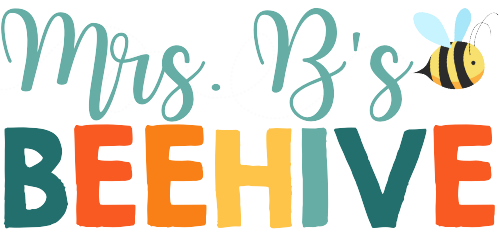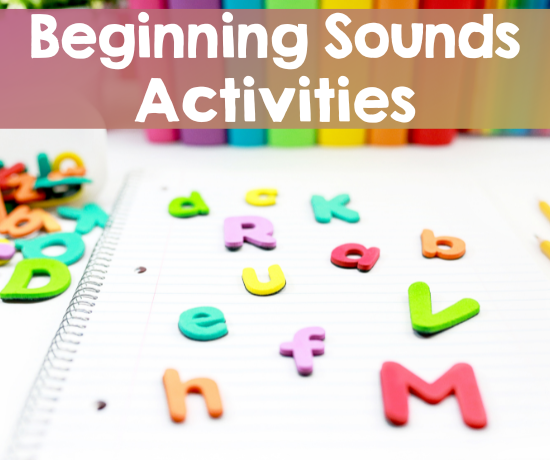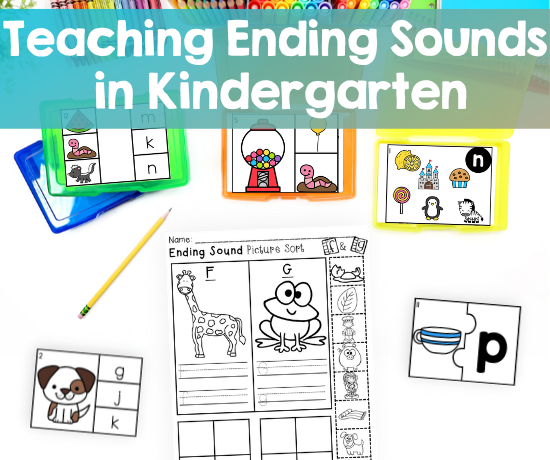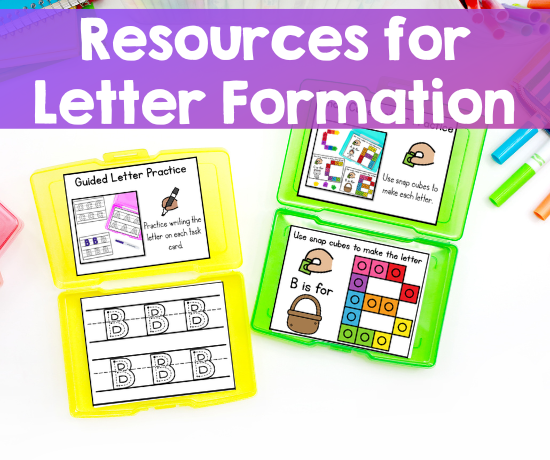In the bustling world of early childhood education, we understand the importance of laying a strong foundation for literacy skills. Phonics development plays a pivotal role in this journey, and today, we’ll explore an effective and engaging approach – picture sorts for kindergarten. Let’s dive into the exciting world where visual learning meets phonics proficiency.
Understanding Phonics Development
Before we delve into the world of picture sorts, let’s briefly revisit the significance of phonics in the development of young learners. Phonics is the relationship between sounds and the letters that represent them. It serves as a key building block for reading and writing, enabling children to decode and encode words with confidence.
The Visual Advantage
Kindergarten is a time of exploration and discovery, and incorporating visual elements into teaching can make a significant impact. Picture sorts leverage the power of visual learning by associating sounds with corresponding images. This not only engages young minds but also provides a multisensory approach that caters to various learning styles.
How Picture Sorts for Kindergarten Work
Picture sorts involve categorizing words or images based on specific phonetic patterns. For example, grouping words with similar beginning or ending sounds. This activity not only helps children identify and differentiate sounds but also enhances their ability to recognize and manipulate phonetic patterns. There are many different times during instruction when sorting activities enhance learning:
- Whole-class instruction
- Guided reading or small group lessons
- Center activities (these worksheets are perfect for independent practice)
- Working with a parent volunteer
Benefits of Picture Sorts for Kindergarten in Phonics Development
- Active Engagement: Picture sorts transform phonics lessons into interactive experiences, fostering active engagement and participation among students.
- Improved Pattern Recognition: By visually sorting words, children develop a keen eye for phonetic patterns, making it easier for them to identify and apply these patterns in their reading and writing.
- Memory Reinforcement: The visual element of picture sorts aids memory retention, helping students remember and apply phonetic rules more effectively.
Practical Tips for Implementation
- Create Engaging Sorting Boards: Design visually appealing sorting boards with vibrant images that capture the attention of young learners. I love to work on sorting activities together as a class and then move the same activity into a center.
- Group Activities: Foster collaboration by incorporating group picture-sorting activities. This encourages communication and teamwork while reinforcing phonics skills.
- Variety in Sorting: Keep things dynamic by introducing a variety of sorting activities, such as sorting by initial sounds, ending sounds, or vowel patterns. The nice thing about sorting activities is that they are easy to differentiate! You can work with all of your students on phonics patterns in varying degrees of difficulty.
- Storing Picture Sorting Cards: I find that storing the picture cards in plastic sheets meant for baseball cards works best for me. I add the sheets to a binder and add dividers that allow me to easily flip between phonics skills to find exactly what I need.
Customizing Picture Sorts for Diverse Learners
One of the remarkable aspects of picture sorts is their adaptability to cater to diverse learners. As educators, you can customize picture sorts based on the unique needs of your students. For instance, consider incorporating images that resonate with the cultural backgrounds of your class, ensuring a more inclusive and relatable learning experience.
By tailoring picture sorts to suit the individual learning styles and preferences of your students, you create an environment that fosters not only phonics development but also a sense of belonging in the classroom.
Integrating Technology for Enhanced Learning
In today’s digital age, technology can be a valuable ally in the classroom. Consider incorporating interactive digital tools and apps that offer virtual picture-sorting activities. These platforms not only add a layer of excitement to phonics lessons but also provide immediate feedback, allowing students to track their progress and reinforce their understanding of phonetic patterns. Embracing technology with traditional teaching methods can create a well-rounded and engaging learning experience.
Monitoring Progress and Celebrating Achievements
As you integrate picture sorts into your phonics curriculum, it’s essential to monitor the progress of your students. Regular assessments and observation will help you identify areas where individual students may need additional support.
Celebrate their achievements and milestones, no matter how small, to boost their confidence and enthusiasm for learning. Consider individual progress monitoring with each student, reinforcing the connection between their efforts and the tangible improvement in their phonics skills.
As kindergarten teachers, you hold the key to unlocking the world of literacy for your students. By integrating picture sorts into your teaching toolkit, you’re not just teaching sounds; you’re nurturing a lifelong love for language and literacy in the hearts of your young learners.









